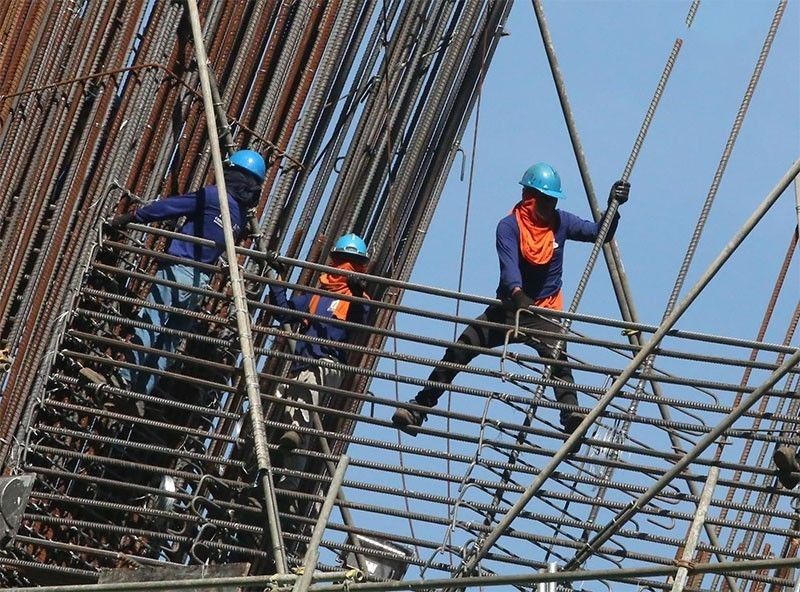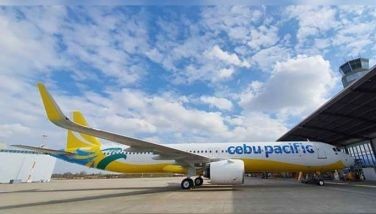Government infrastructure spending scaled up to P121 billion

In first two months
MANILA, Philippines — The government increased its infrastructure spending by nearly seven percent to P121 billion from January to February compared to last year’s level on the back of higher disbursements for road projects, the Department of Budget and Management (DBM) said.
Based on the latest national government disbursement performance report of the DBM, state infrastructure expenditure and other capital outlays climbed by 6.7 percent to P120.5 billion in the first two months from P113 billion in the same period last year.
The DBM attributed the infrastructure spending performance for the two-month period to the higher disbursements recorded by the Department of Public Works and Highways (DPWH) and the Department of National Defense (DND).
In particular, the DPWH paid the mobilization fees and advances to contractors, expedited the implementation and completion of carryover projects and fast-tracked the processing and payment of accounts payable. The DND, for its part, ramped up its defense modernization projects.
However, the growth of infrastructure spending was moderated by lower cash receipts sans the P10.1 billion direct payments made by the Asian Development Bank for the Department of Transportation’s South Commuter Railway Project 1 in February 2023.
Meanwhile, overall government spending for the two-month period reached P722.5 billion, rising by 16 percent from the P620.7 billion a year ago.
Apart from infrastructure, personnel services expenditures rose slightly by 2.6 percent to P186.9 billion due to salaries and benefits of newly hired teaching personnel, as well as the requirements of higher premium rates from the Philippine Health Insurance Corp. and the Pag-IBIG Fund.
Combined allotment and capital transfers to local government units grew by 22 percent to P180 billion largely on the LGU share on tobacco excise taxes.
The national tax allotment of LGUs is also higher this year.
The tax revenue base, from which the tax allotment shares of LGUs this year is determined, was the actual tax collections in 2021— when revenues slowly recovered from the pandemic.
Interest payments also jumped by 50.5 percent to P122 billion due to coupon payments for the issuances of Treasury bonds and retail T-bonds, higher T-bill rates and larger foreign interest payments.
The government likewise recorded higher maintenance and other operating expenses to P99 billion due to assistance and subsidies for the education and social services sectors.
An increase in government spending was similarly noted in subsidy support to government corporations which went up to P12.7 billion, mostly attributed to the buffer stocking program of the National Food Authority.
As of end-February, the remaining program balance amounts to P1.19 trillion or 20.7 percent of the record P5.768 trillion 2024 budget.
The bulk of the remaining releases is for the succeeding requirements of interest payments, agency-specific budgets and special purpose funds.
“Spending for the year will continue to be underpinned by sizable investments in both public infrastructures and social sector programs acting as fiscal stimulus to help shore up economic growth and secure gains from poverty reduction initiatives,” the DBM said.
The government has set a spending target equivalent to 21.7 percent of gross domestic product this year, while overall infrastructure disbursements will be equivalent to 5.2 percent of GDP.
- Latest
- Trending





























